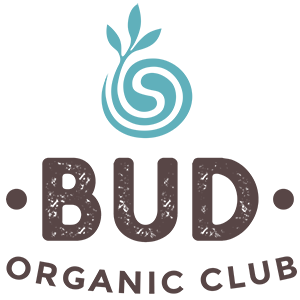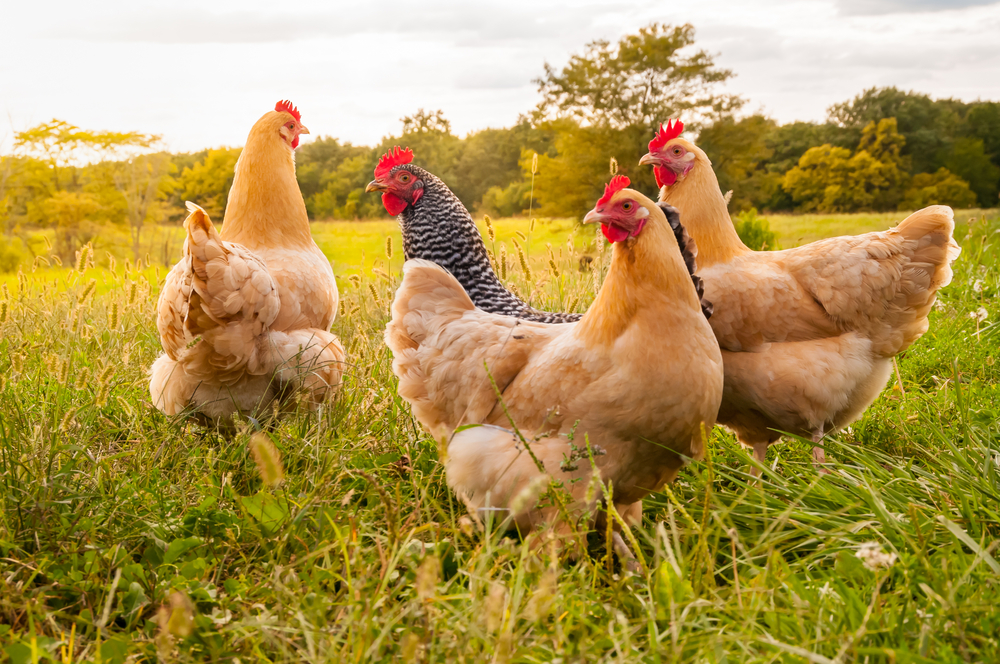As part of organic standards in Australia, certified organic livestock must be free to range – but what exactly does this mean?
The term ‘Free Range’ refers to the way in which livestock (cows, chickens, sheep etc.) are housed and farmed, however the term can mean different things in different countries, and in accordance to different standards.
Generally speaking, free range means that animals must have some access to outdoor areas during the day. Although we like to think that animals are free to roam in green, lush pastures all day every day, it is not always the case. How much time they get to spend outdoors, how often they get access to outdoor areas and the size of the area can differ greatly.
Certified Organic standards, such as the Australian Certified Organic Standard (ACOS), specify stricter rules and regulations for ‘free range’ livestock. Therefore if you’re looking for true free range products, always looks for an organic certification mark.
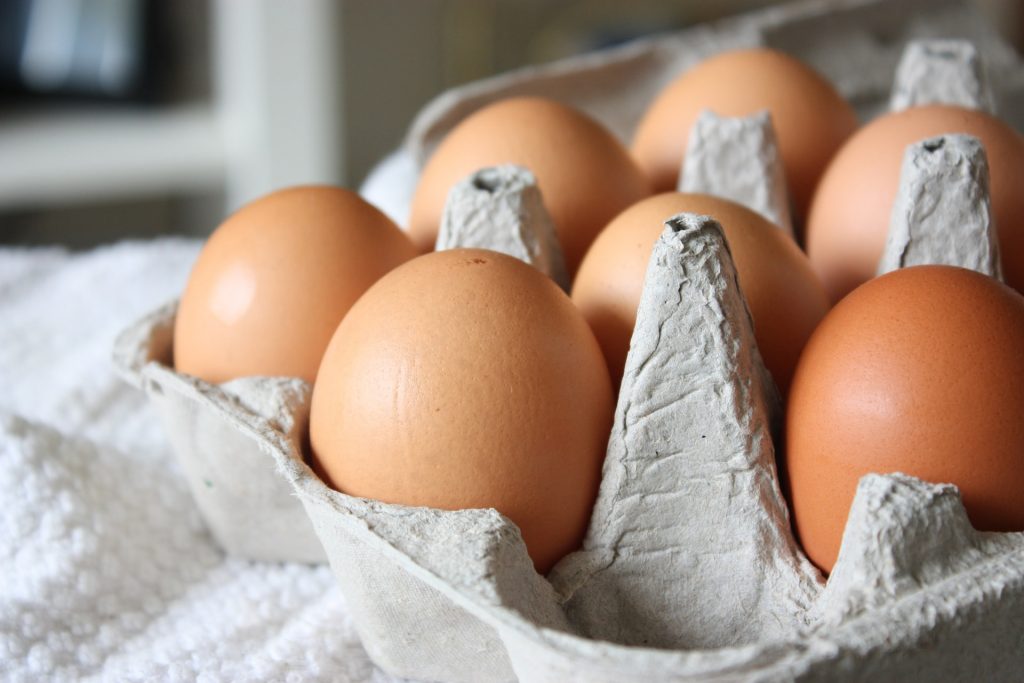
Eggs
Free range eggs are laid by hens that have access to outdoor areas at some point during the day. How long and how often they can access outdoor areas varies. Some hens have continual daytime access to large paddocks or pastures, with moveable shelters to protect them from the sun and predators if needed, meaning they can spend most of the day outdoors. Others may only have access to a smaller area at a set time of day, and some may not have access to grassland at all. Most large flocks are kept in barns or sheds overnight to protect them from predators, but are still able to roam outdoors during the day.
Certified organic eggs come from chickens who are free to roam outdoors on certified organic pastureland for a minimum of 8 hours per day. The pastureland must also be free from synthetic chemicals and GMO crops, meaning that the eggs that you buy are also free from them too. Continual access to the outdoors during the daytime means that the hens are able to forage, peck and run around like they would in their natural habitat. With set stocking systems, no more than 1,500 birds are permitted per hectare for certified organic chickens, whereas non-organic free range can be up to 10,000 per hectare. For farms that practice stock or forage rotations, the limit is 2,500 birds per hectare for certified organic hens.
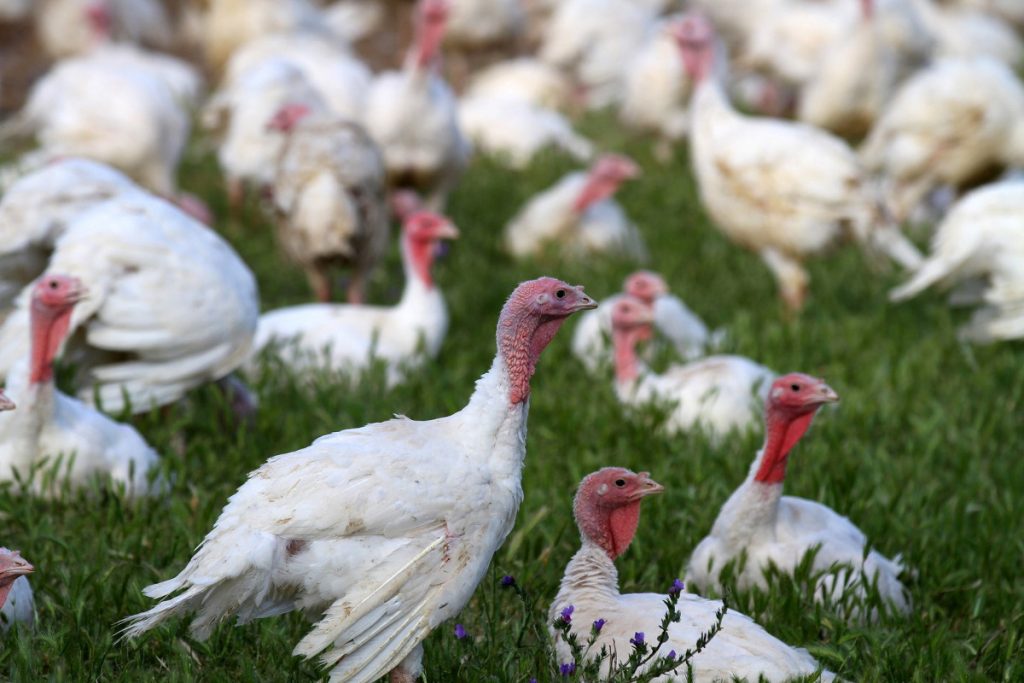
Poultry
Much like free range eggs, free range turkey and chicken meat comes from birds that have access to outdoor areas during the daytime. Once again, these outdoor areas may vary in size, ground cover and the times they are able to access these areas may differ between different farms. During nighttime, chickens may be kept in sheds or barns to shelter them from predators, whereas turkeys may continue to access the outdoors with optional shelter.
For certified organic chickens used for meat, the same stocking densities apply for set stocking systems, and no more than 4,800 birds are permitted per hectare for rotational systems. Certified organic standards such as the ACOS also specify that a provision of edible forage should be available in outdoor areas at all times, and that at least 8 hours of continual darkness should be allowed per night for birds kept in barns or sheds in the evening – limiting artificial lighting for a more natural sleep cycle.
Pork
Free range pork comes from pigs that have access to the outdoors. This means that they were both born and raised outdoors, and spend the majority of their time out in the open. Access to shelter, such as huts or small outhouses, is required to protect from harsh weather conditions and keep piglets safe from predators. The use of sow stalls or farrowing crates are not permitted for free range pigs at any time during their life cycle.
Certified organic pork comes from pigs that have access to soil and pasture, with the ability to conduct natural social and physical behavior – with range management to ensure they do not contribute to soil erosion. Play areas must also be provided for the animals to root and exercise, while stocking rates must allow for normal social behavior to occur with adequate space for all pigs. The use of sow stalls and farrowing crates are also prohibited for certified organic pigs.
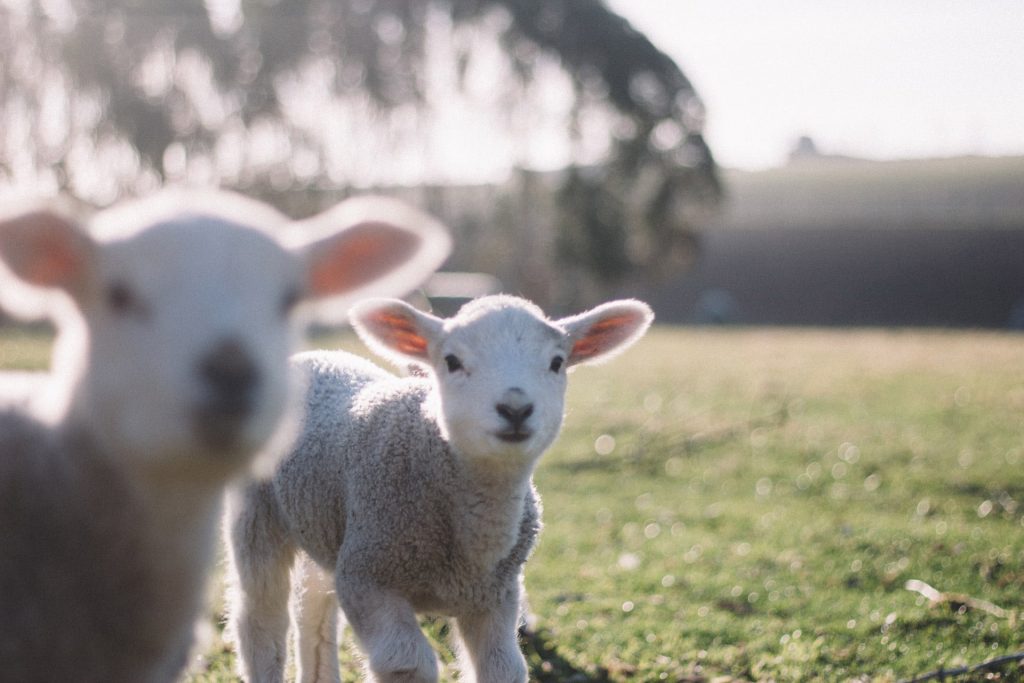
Lamb & Beef
Most of Australia’s lamb and beef comes from sheep and cattle that have spent most of their lives outdoors. If the animals are both born and raised in extensive outdoor environments, they can be classed as free range. However, this does not include animals held in feedlots in the last stage of their lives to increase growth prior to slaughter.
Certified organic livestock such as beef cattle and sheep must adhere to strict guidelines as set out in organic standards such as the ACOS. Animals must have free daily access to pasture, with adequate protection from predators. Living conditions must consider the natural needs of each animal, including free movement, social behavior, access to food, water and shelter – with cages and prolonged periods of tethering prohibited. Stocking rates must consider responsibility and care for each animal.
Certified Organic Standards
For certified organic standards, livestock must be free to range – meaning zero caged chickens, sow stalls or cattle feed lots. Animals must be given a high quality of life that allows them to perform natural social and physical functions. Under organic standards, animals – including poultry, pigs, sheep, goats and cattle – live, grow and breed naturally in group sizes appropriate to their species. Animals interact as they would in nature, and are provided with ample access to pasture, shade and shelter.
Certified organic livestock standards are some of the highest animal welfare standards in the world.
Next time you shop, choose certified organic.
Image credits: (Shutterstock unless otherwise stated)
